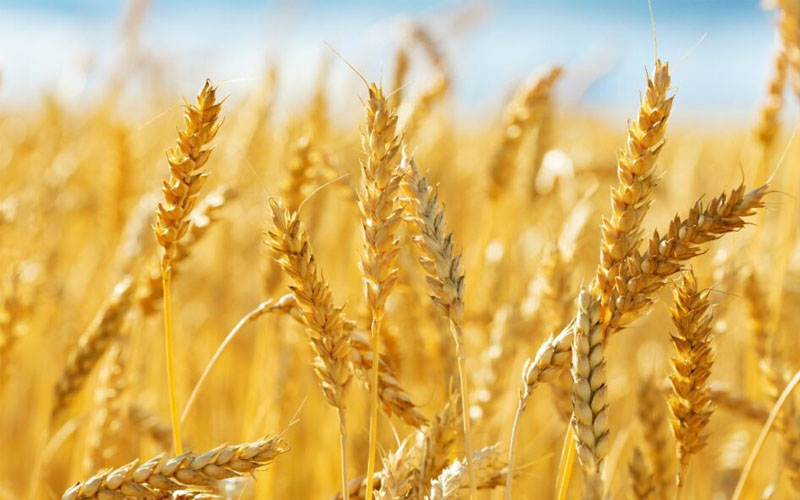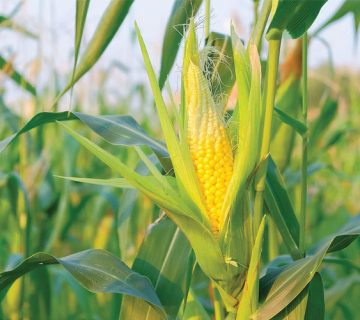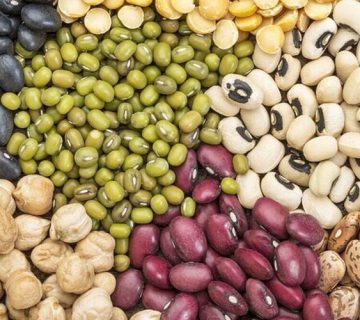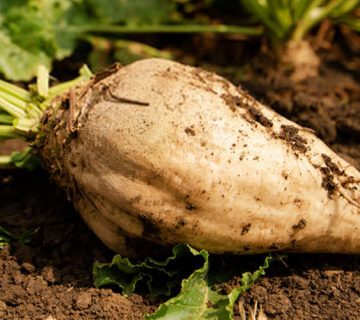Macro-N (nitrogen) deficiency
Nitrogen (N) deficiency is the most common nutrient deficiency in wheat, especially in cool, wet conditions, sandy soils low in organic matter. Leaf color is pale green to yellowish, especially on older leaves, starting at the leaf tips and progressing inward. In severe cases, older leaves may turn almost white before dying. Other symptoms of nitrogen deficiency in wheat include reduced vigor and stunted growth, smaller leaves, and reduced tillering.
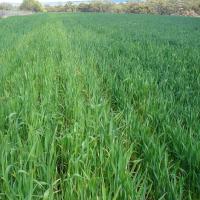 |
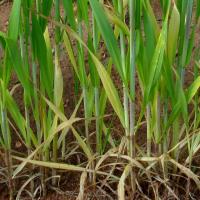 |
Kimat’s proposed solution:
Macro-P (phosphorus) deficiency
Stunted growth and reduced plant vigor are the most obvious signs of phosphorus deficiency in wheat. Leaves may appear darker green, sometimes with a purple or red discoloration, especially on the stems and veins. Leaf tips may become necrotic. The necrosis often moves downward from the leaf tip. Other symptoms of phosphorus deficiency in wheat include poor tillering and reduced root growth.
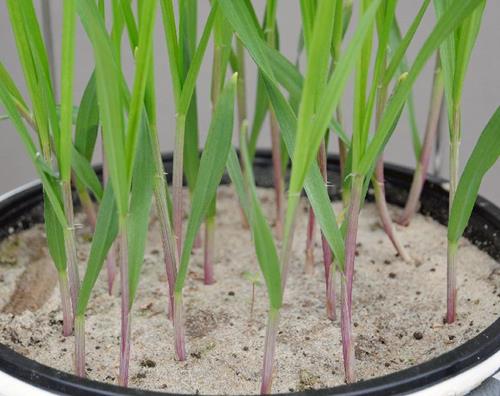 |
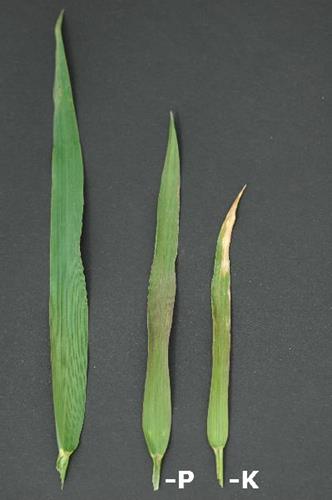 |
Kimat’s proposed solution:
Macro-K (Potassium) deficiency
Potassium deficiency in wheat usually appears first in older leaves, as potassium is a mobile nutrient in the plant. Key symptoms of potassium deficiency in wheat include chlorosis (yellowing) starting at the leaf tip and progressing along the margin towards the base. Necrosis (tissue death) at the tip and edge of lower leaves which can move towards the base of the leaf.
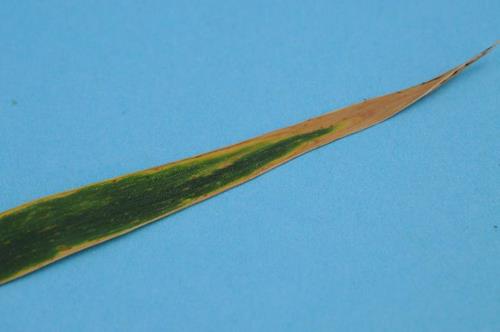 |
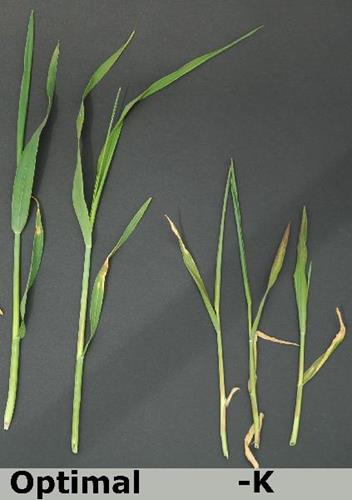 |
Kimat’s proposed solution:
Secondary macronutrient deficiency – Magnesium (Mg)
Initial symptoms appear on older leaves, as magnesium is mobile within the plant. Symptoms of magnesium deficiency include pale green to yellow discoloration (chlorosis) that appears on older leaves. In magnesium deficiency, interveinal chlorosis appears as a streaky pattern with necrotic spots at the tips of the leaves. The margins and tips of the leaves may also show necrosis (dead tissue).
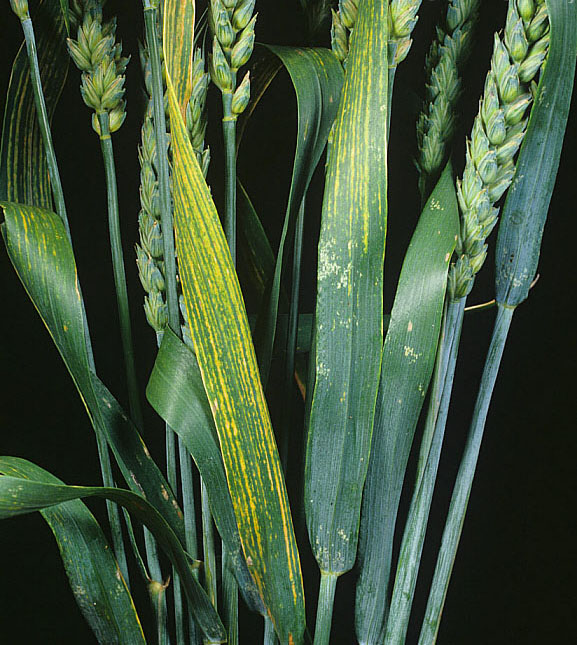
Kimat’s proposed solution:
Secondary macronutrient deficiency – Calcium (Ca)
Calcium increases the plant’s resistance to physiological diseases, improves grain quality and yield, strengthens stem stability, and stimulates root and leaf growth. Symptoms of calcium deficiency in wheat Due to the low mobility of calcium in the plant, young leaves first show deficiency symptoms. The middle part of young leaves cracks. The leaves become distorted, twisted, and their size decreases. In severe cases, root growth decreases and the stems crack or the internodes become weak. Reduced grain quality and weight are also consequences of calcium deficiency.
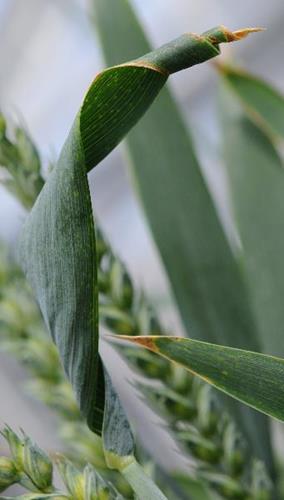 |
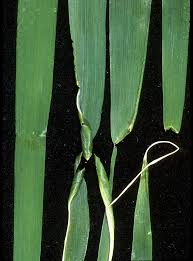 |
Kimat’s proposed solution:
Deficiency of microelements – manganese (Mn)
Symptoms of manganese deficiency in wheat first appear on young leaves, as manganese is poorly mobile in the plant. Appearance of pale yellow or bronze spots and streaks on the leaf blade of young leaves, which as the deficiency progresses cover the entire length of the leaf. Interveinal chlorosis (yellowing between the veins while the veins remain green), which is common in manganese deficiency.



